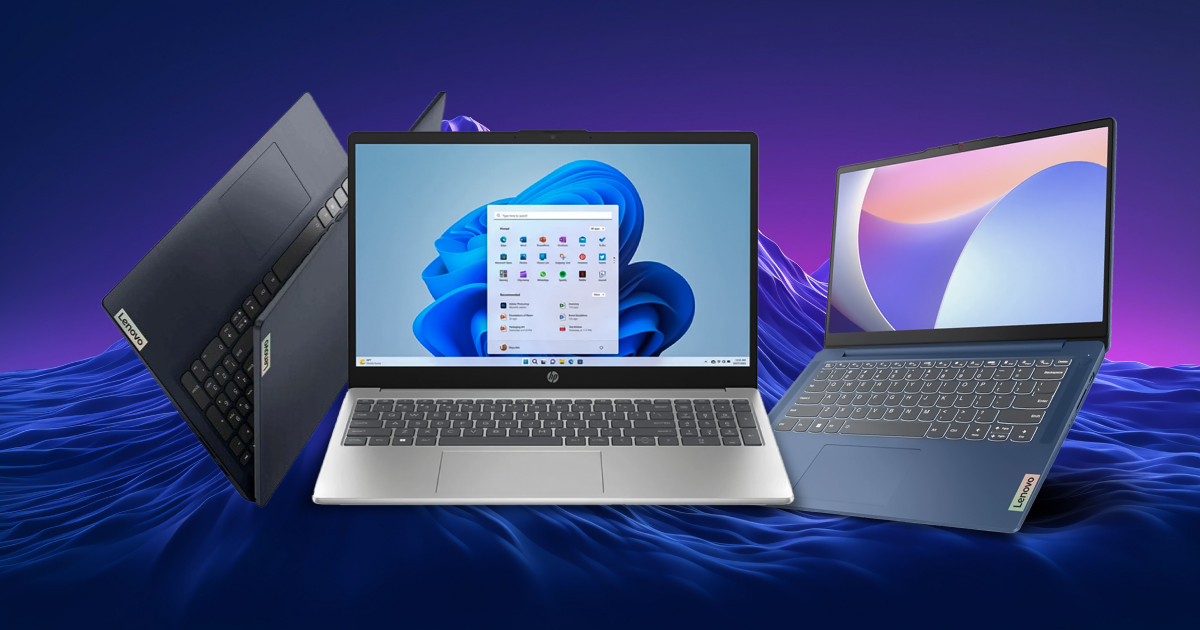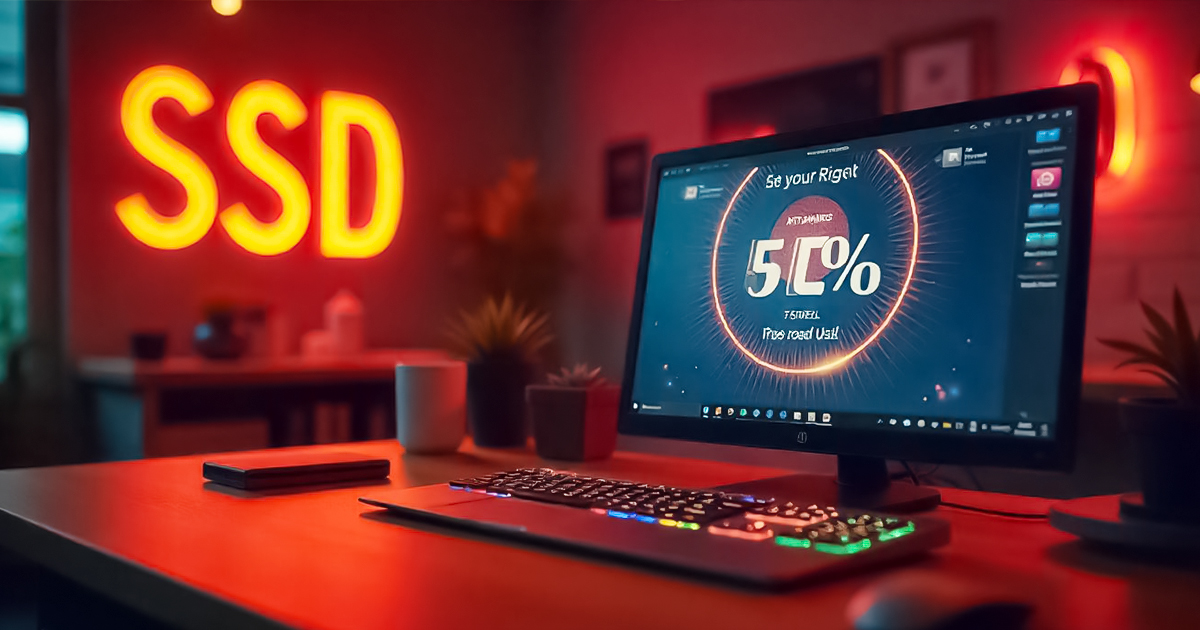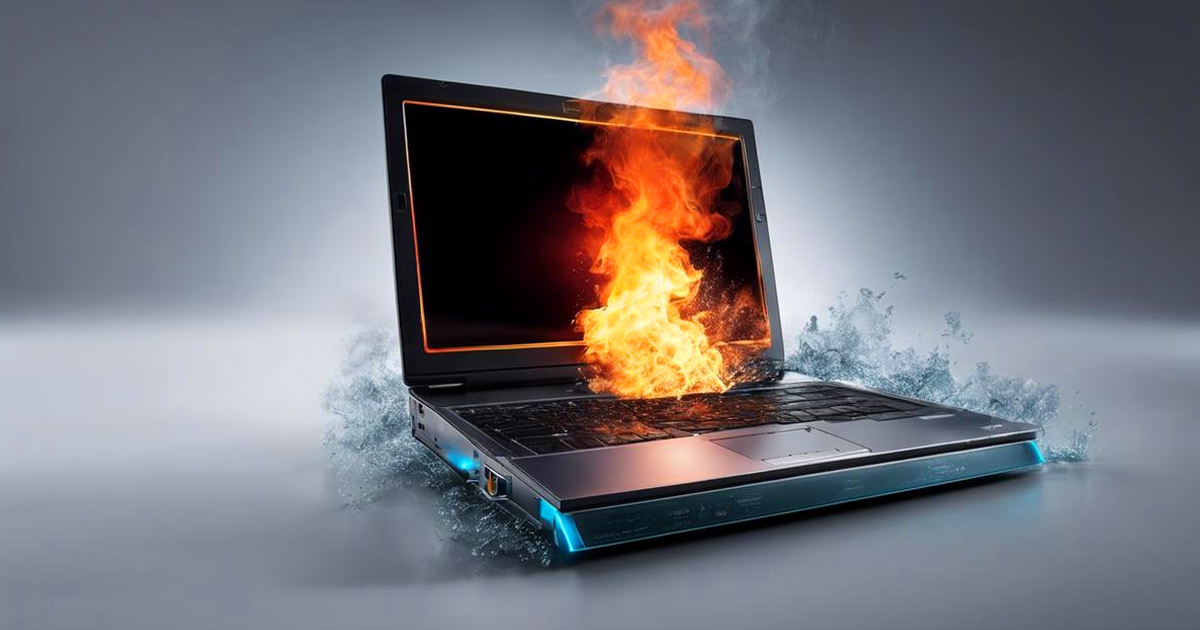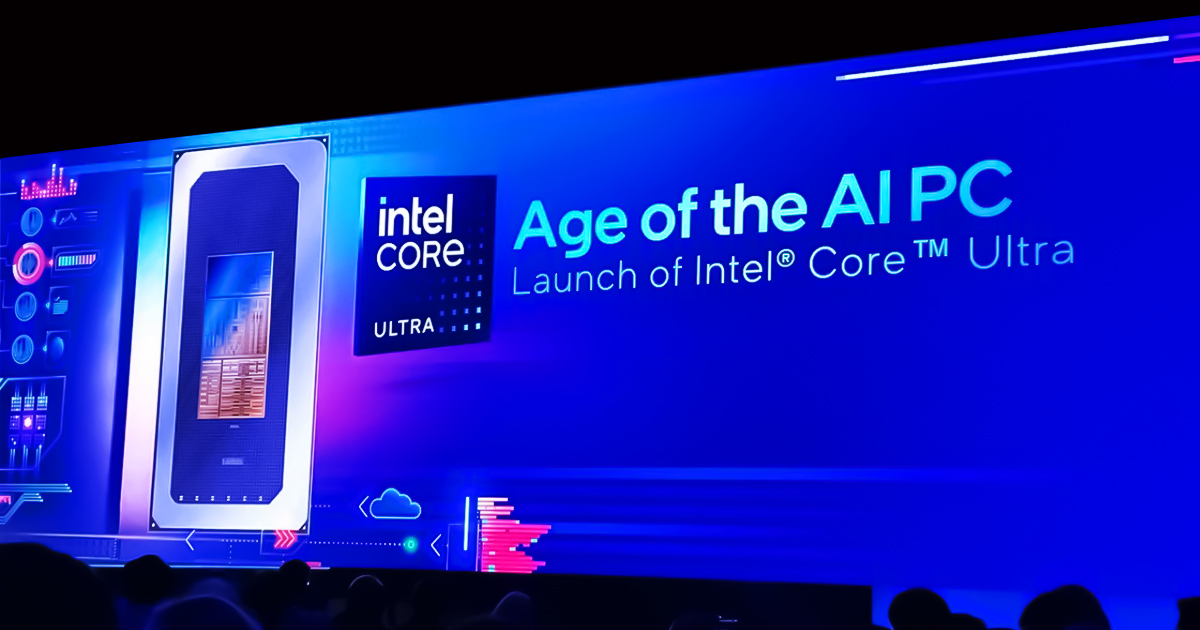 POSTED ON September 02, 2024 by Arup Ratan Paul
POSTED ON September 02, 2024 by Arup Ratan Paul Different Types of Scanners: A Comprehensive Guide
In our digital world, scanners are essential tools for converting physical documents into digital formats. With various types of scanners available, it’s important to understand their features and best uses. This guide will help you explore the most common types of scanners, making it easier to choose the right one for your needs.
1. Flatbed Scanner
Overview:Flatbed scanners are versatile and widely used. They have a flat glass surface where you place your documents for scanning.
Pros:-Great for scanning fragile or oversized documents.-Can handle various media types, including photos and books.-Typically offers high resolution and color depth.
Cons:-Usually bulkier and more expensive than other types.
2. Sheetfed Scanner
Overview:Sheetfed scanners automatically feed documents one at a time, making them ideal for high-volume scanning.
Pros:-Compact and space-efficient.-Faster for scanning multiple pages.-Often includes duplex scanning (scanning both sides).
Cons:-Limited to flat documents; cannot scan books or thicker items.
3. Document & Book Scanner
Overview:These scanners are specifically designed for digitizing books and documents. They often have features to handle delicate pages gently.
Pros:-Preserves the integrity of fragile documents.-Can quickly scan large volumes of text.
Cons:-May require more setup time compared to standard scanners.
4. Portable Scanner
Overview:Portable scanners are lightweight and designed for on-the-go scanning, perfect for documents, receipts, and business cards.
Pros:-Convenient and easy to carry.-Often battery-operated for use without a power source.
Cons:-Typically lower resolution compared to larger scanners.-Limited functionality for larger documents.
5. Barcode Scanner
Overview:Barcode scanners read barcodes on products and are commonly used in retail and inventory management.
Pros:-Fast and efficient for tracking inventory.-Available as handheld or fixed devices.
Cons:-Limited to barcode scanning; not suitable for general documents.
6. QR Code Scanner
Overview:QR code scanners read QR codes and are often integrated into smartphones and tablets for quick access to information.
Pros:-Instant access to digital content.-Widely used in marketing and advertising.
Cons:-Limited to QR code scanning; not versatile for other documents.
7. Cheque Scanner
Overview:Cheque scanners are designed specifically for scanning cheques and financial documents, often reading magnetic ink character recognition (MICR) data.
Pros:-Fast processing of financial documents.-Includes security features to prevent fraud.
Cons:-Specialized use; not suitable for general document scanning.
8. Flatbed & ADF Document Scanner
Overview:These hybrid scanners combine flatbed and automatic document feeder (ADF) features, allowing for both delicate document scanning and quick batch processing.
Pros:-Versatile for various scanning needs.-Can handle both fragile items and large volumes efficiently.
Cons:-Can be more expensive than single-function scanners.
9. Large Format Scanner
Overview:Large format scanners are designed to scan oversized documents, such as blueprints and posters, essential for industries needing high-quality scans of large materials.
Pros:-Capable of accurately scanning large documents.-Often includes advanced features for detailed scans.
Cons:-Typically more expensive and requires more space.
Conclusion
Choosing the right scanner depends on your specific needs, whether for home, office, or specialized tasks. By understanding the different types of scanners available, you can make an informed decision that enhances your productivity in document management. Whether you need a versatile flatbed scanner or a specialized cheque scanner, there’s a perfect option for every requirement
No Comments










Leave a comment